Understanding Zone Pouches Ingredients: A Bulk Buyer’s Guide
Zone nicotine pouches have rapidly emerged as a favored option in the smokeless nicotine sector. For corporate buyers, particularly those involved in wholesale and private label development, understanding what goes into these pouches is more than a technical exercise—it’s a strategic decision. From nicotine sourcing to moisture levels, every ingredient plays a role in defining product quality, shelf life, and market suitability.
This guide is designed to help procurement managers and brand owners assess ingredient profiles, evaluate supply sources, and navigate the nuances of large-scale purchasing across different regions.
What Exactly Are Zone Pouches?
Zone pouches are oral nicotine products designed for discreet consumption without smoke, spit, or combustion. Each pouch delivers a precise dose of nicotine, typically housed in a fiber-based bag that sits comfortably under the lip. Their popularity stems from a clean format and user-friendly packaging—ideal for health-conscious consumers and markets with growing restrictions on combustible tobacco.
For B2B buyers, Zone pouches represent a fast-growing segment, whether you’re distributing under existing brands or launching your own label with custom flavors and strengths.
What Ingredients Make Up a Zone Pouch?
At first glance, a nicotine pouch may seem simple. But its formulation is a carefully balanced combination of functional and sensory components:
-
Nicotine
The core active agent, available in either tobacco-derived or synthetic form. The method of nicotine preparation—its purity, strength, and consistency—directly impacts user experience and regulatory classification. -
Flavoring Agents
Flavors range from icy mint to berry or citrus. For bulk buyers, it’s crucial to evaluate not only taste but also compliance with local restrictions, especially in regions like the EU where some flavors are banned. -
Plant-Based Fillers
These natural fibers add structure to the pouch and influence mouthfeel. The quality of filler material affects both comfort and absorption. -
Preservatives
Used in moderation, food-grade stabilizers protect pouch freshness during storage and transit. A clean label approach is increasingly preferred in premium markets. -
Moisture Regulation Compounds
The right moisture balance ensures nicotine release without degrading pouch texture or shelf life. Poor moisture management can result in uneven dosing or consumer dissatisfaction.
In high-volume procurement, ingredient transparency and lab documentation are non-negotiable. Always request a full ingredient breakdown and safety data sheets from your supplier.
Why Ingredient Quality Should Drive Your Procurement Strategy
Bulk purchasing decisions often come down to price. But cutting corners on ingredients is rarely worth the long-term brand risk. Here’s why:
-
Consistency = Customer Retention
When flavor profiles or nicotine hits vary across batches, customer loyalty suffers. Reputable nicotine manufacturers like Snuff Factory use controlled blending protocols to ensure consistency. -
Compliance Across Markets
Ingredient approvals vary by country. For example, some synthetic sweeteners may be restricted in the EU, while certain plant fibers may trigger allergen disclosure requirements in the U.S. -
Brand Reputation
Whether you’re selling a white label nicotine pouch or a proprietary OEM formula, subpar ingredients will show—either in user experience or in lab results if regulators come knocking.
If you’re serious about scaling, make quality a non-negotiable in your supplier agreements.
Regional Procurement Dynamics: Sourcing Zone Pouches Globally
United States
U.S. buyers must prioritize suppliers who meet FDA requirements, including nicotine traceability and labeling accuracy. Partnering with a liquid nicotine wholesaler like Snuff Factory ensures ingredient verification and compliant formulation from the start.
China
China remains a global hub for nicotine extraction and nicotine bag OEM manufacturing. While pricing is competitive, due diligence is critical—confirm factory audits, export licensing, and nicotine sourcing (synthetic vs. natural).
Europe
European procurement is tightly regulated. Flavored nicotine pouches must comply with the Tobacco Products Directive (TPD), and additives are subject to REACH and food safety directives. If your market includes Germany, France, or Scandinavia, work with OEM partners experienced in EU compliance to avoid costly missteps.
What’s Driving the Cost of Bulk Zone Pouches?
Understanding cost structure enables better margin planning and smarter negotiations.
-
Raw Nicotine Quality
Synthetic nicotine is usually more stable and affordable in bulk. Tobacco-derived nicotine requires stricter handling and may increase compliance overhead. -
Manufacturing Precision
Consistent pouch filling, weight, and sealing require automated systems. The more advanced the factory line, the more reliable (but potentially more expensive) the product. -
Flavor Licensing & Formulation
Custom flavor requests can involve additional development time or licensing costs—especially in OEM contracts. -
Packaging & Compliance
Packaging influences shelf life, consumer perception, and customs clearance. Don’t ignore costs related to compliant labeling and tamper-proof seals. -
Shipping & Customs
For international orders, logistics can be 10–30% of your total landed cost. Look for suppliers who offer DDP (Delivered Duty Paid) options to reduce paperwork and risk.
White Label vs. OEM: What’s Right for Your Business?
White Label
Best for companies looking to launch quickly. You take an existing product, apply your brand, and go to market with minimal investment. Ideal for testing new markets or adding SKUs to an existing portfolio.
OEM (Original Equipment Manufacturer)
Ideal for brands focused on product differentiation—whether it’s a unique pouch format, higher nicotine content, or exclusive flavoring. OEM lets you customize down to the granular level, but requires greater volume and lead time.
Our take:
Start with white label to establish market fit. Transition to OEM when you’re ready to scale and build long-term equity in a proprietary formula.
Placing and Managing Orders at Scale
Efficient sourcing requires structure. Here’s a proven workflow for bulk buyers:
-
Evaluate Samples First
Don’t commit to volume until you’ve tested for flavor consistency, pouch integrity, and moisture content. Request at least three flavor and strength variants. -
Tiered Pricing Models
Negotiate based on forecasted volume growth. Many suppliers offer better rates after the first 50,000 or 100,000 units. -
Check Production Timelines
Confirm production lead time and packaging turnarounds in advance—especially if you’re customizing artwork or materials. -
Review Payment Terms
A typical structure includes 30–50% down, with balance due upon delivery. For repeat orders, inquire about credit line options. -
Long-Term Contracts
Once you’ve confirmed quality and reliability, secure volume discounts and lead-time priority through longer-term agreements.
Choosing the Right Supplier
A trusted supplier is more than a factory—they’re a strategic partner in your go-to-market success. Look for:
-
Transparent sourcing and ingredient traceability
-
Manufacturing scalability (from pilot batches to million-unit runs)
-
Regulatory fluency across the U.S., EU, and Asian markets
-
Responsiveness and multilingual support
Recommendation:
Explore Snuff Factory for reliable access to bulk nicotine pouch manufacturing, white label and OEM services, and a flexible, consultative approach to B2B partnerships. View their full product range at snufffactory.com/products or connect with a sourcing advisor at snufffactory.com/get-in-touch.
Final Thoughts
The success of your Zone pouch brand or wholesale venture will hinge not only on pricing—but on ingredient quality, compliance, and supply chain integrity. Whether you’re reselling under your own label or crafting a custom formula, informed procurement is your competitive edge.
Choose wisely. Start with transparent suppliers. And be ready to scale with confidence.

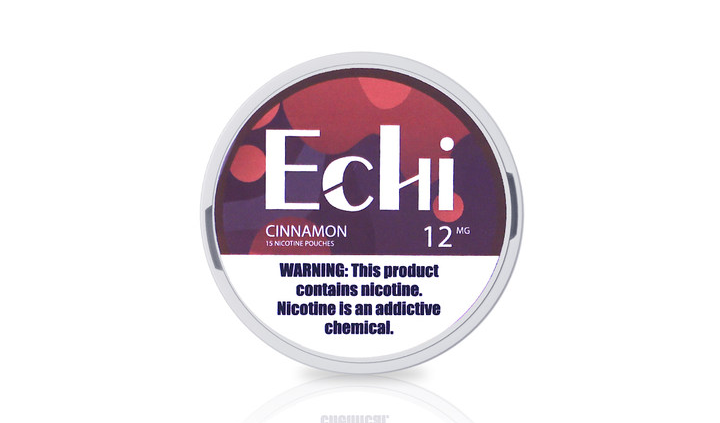
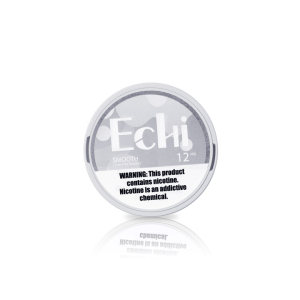
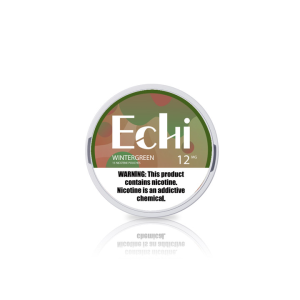

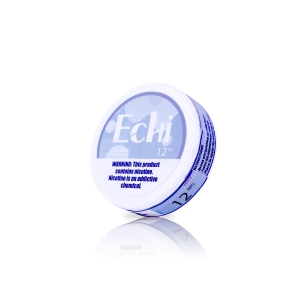
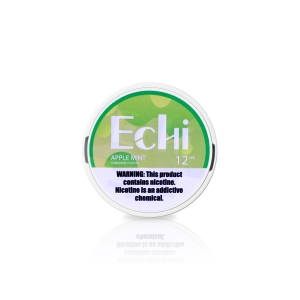
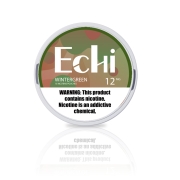
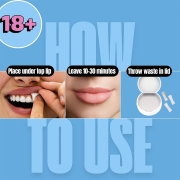
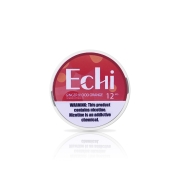
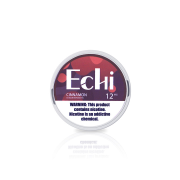



Leave a Reply
Want to join the discussion?Feel free to contribute!